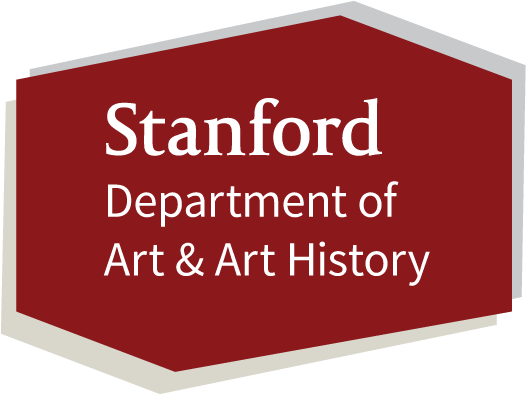
Guided Tours of McMurtry
Beyond the public areas of McMurtry (Atrium, Gallery, and Roof Garden), This tour will guide you around stanford's new academic building, where our students study and create new work.
Public tours of the McMurtry Building are available on most Fridays at 3:30pm. The tours take about an hour and are held rain or shine. Please wear comfortable walking shoes.
To reserve your spot, you will be asked for your name and e mail address. Your details will not be retained by Stanford after your tour. After creating your log-in, please click on the tour slot you want. You can add multiple guests, but please use one slot per guest. Your information will not be visible to others using the form.
Tours are limited to the first 10 people who sign up, so if you need to cancel please log in and remove your name. We look forward to showing you around our wonderful new building!
Architect’s Statement
The Embrace
The McMurtry Building pairs a new kind of educational facility with a new kind of architectural language for Stanford University’s campus. The building is the new home of the Department of Art & Art History. The design of the building will not only support the traditional pedagogical methods for each program, it will strive to encourage new forms of education and collaboration born from strategic adjacencies and overlaps between the two programs.
The form of the building articulates the identity of each program by locating their respective spaces in discrete strands: one strand for the messy studio art spaces (the “making” strand), and one for the clean art history teaching and presentation spaces (the “studying” strand). The two strands oppose and provoke each other while expressing co-dependence: the base of one strand forms the platform upon which the other rests. Together, they form a gentle embrace and frame a third volume containing the Art & Architecture Library.
The design of the McMurtry Building reinterprets the simple and elegant logic of the Stanford Quad—an interior courtyard that becomes the meeting ground for the programs around it. The library is inspired by the traditional Stanford courtyard, becoming a super-charged and multi-layered meeting ground. By lifting the library volume in the air and strategically enfolding it with both the studio art and art history strands, the library triples the amount of communal courtyards by creating additional open-air spaces above and below. The library is at once a shared canopy, enclosed space, and terrace for the two discrete programs.
The interior spaces of the building are characterized by openness and transparency. The generous use of translucent glass allows views into its interior rooms, and indoor/outdoor workspaces encourage cross-disciplinary creativity between students, faculty, and visitors. Specialty spaces such as the Barbara and M. Kenneth Oshman Lecture Hall & Presentation Space—a multipurpose performance classroom with retractable seats—anchors the building within Stanford’s arts district; Oshman Hall’s operable bi-folding glass wall opens up to a shared lawn with the Cantor Arts Center, creating potential for programmatic interactions between the two buildings.
The finishes of the building also complement its neighbors. Each strand is clad in its own material—the making strand in vertically patterned zinc and the studying strand in yellow stucco to match the Cantor. With its jaunty diagonal, dramatic cantilevers, and wraparound zinc skin, the building is contextual but contemporary, respectful but provocative.
-Charles Renfro





